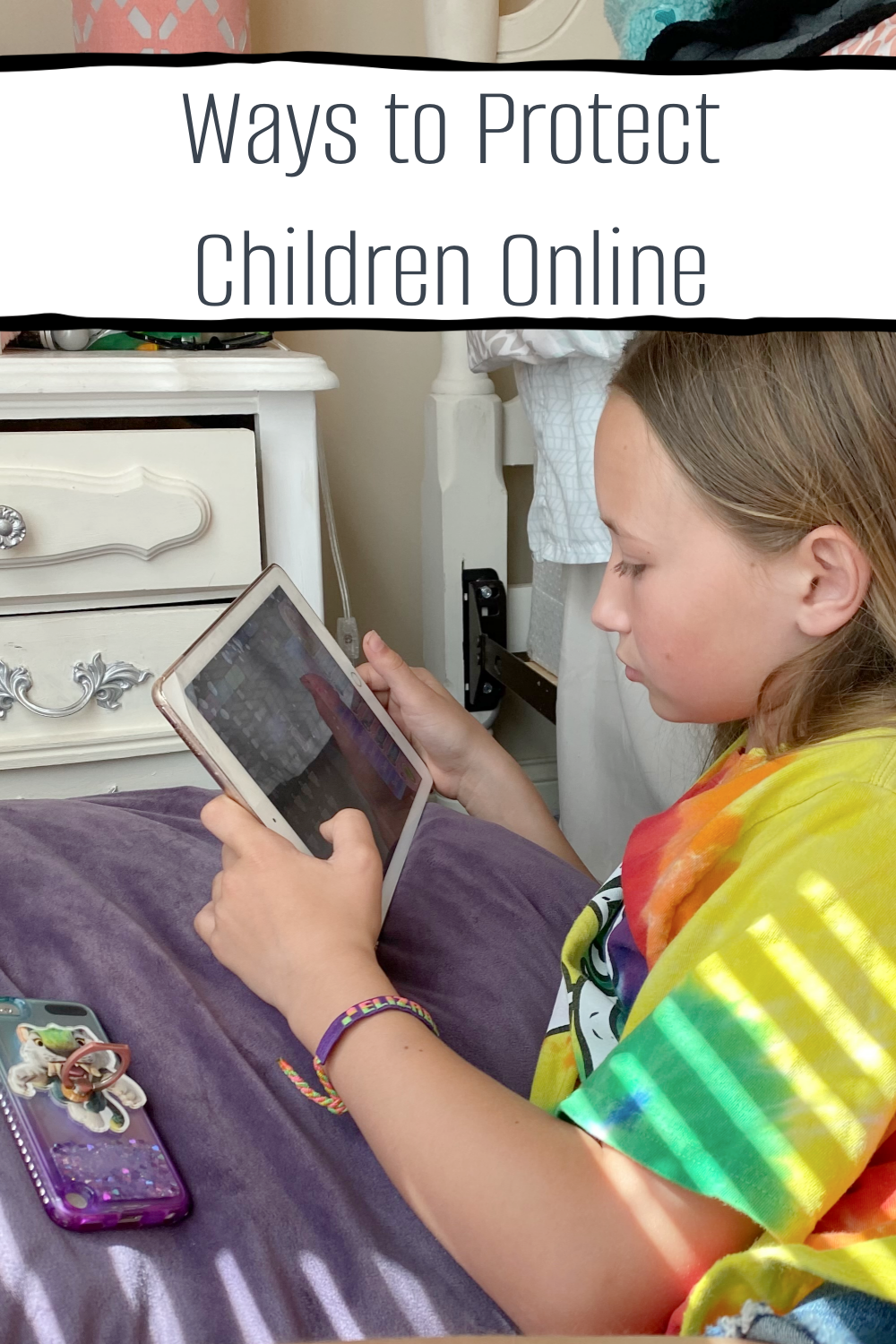For Los Angeles residents, fiberglass windows generally outperform vinyl in long-term durability and energy efficiency. Fiberglass resists warping and fading better in intense sunlight, maintaining its structural integrity over time. This material also expands and contracts at a rate similar to the glass it holds, reducing the risk of seal failure in fluctuating temperatures. Conversely, consider the windows and doors from Fleetwood in Los Angeles, which exemplify how well fiberglass can perform in such environments. Their products not only withstand the rigors of the climate but also offer sleek, modern aesthetics that many homeowners desire.
On the other hand, vinyl windows offer significant advantages, particularly in terms of affordability and reliability. Contrary to common concerns, quality vinyl windows like the ones we offer do not warp or discolor, even under extreme heat and prolonged sun exposure. This makes them a practical choice for budget-conscious homeowners who do not want to compromise on quality. They provide excellent insulation, require minimal maintenance, and are a durable option capable of performing well in the Los Angeles climate.
Key Takeaways
Vinyl windows provide a more budget-friendly option with good insulation properties and proven durability against warping and discoloration. Both materials outperform traditional wood in terms of maintenance and energy efficiency.
Evaluating Material Characteristics
Durability and Maintenance
Vinyl windows, made from PVC, offer good durability but may warp or fade over time when exposed to intense sunlight. However, vinyl windows are designed to withstand these conditions, ensuring long-term performance without the maintenance hassle. They require minimal upkeep, typically needing only occasional cleaning with soap and water.
Fiberglass windows demand little upkeep as well. Their stability allows for easy operation of casement, sliding, and double-hung window styles over many years.
Energy Efficiency and Insulation
Vinyl windows also perform well in terms of energy efficiency. They feature air chambers within the frame that act as insulators, helping to maintain indoor temperatures.
Fiberglass expands and contracts at a rate similar to glass, ensuring a tight seal and preventing air leaks. This characteristic enhances its thermal performance over time.
Aesthetic and Design Flexibility
Fiberglass windows offer greater aesthetic versatility. They can be painted any color, providing flexibility for changing home designs. Fiberglass can also mimic the look of traditional materials like wood.
Both materials are available in various styles, including casement, awning, and double-hung windows. Fiberglass allows for slimmer frames due to its strength, maximizing glass area and enhancing views.
Vinyl windows have a smooth finish, while fiberglass can be textured to resemble wood grain. This feature gives fiberglass an edge in achieving a more natural appearance.
Cost and Value Considerations
Initial Costs vs. Long-Term Savings
Fiberglass windows often last 20-30 years or more, while vinyl windows typically have a lifespan of 15-20 years. This longer lifespan can result in fewer replacements over time, potentially saving homeowners money in the long run.
Energy efficiency is another factor to consider. Both materials offer good insulation, but fiberglass may provide slightly better performance in extreme temperatures, which could lead to lower energy bills in Los Angeles' warm climate.
Environmental Impact and Sustainability
Fiberglass windows are often considered more eco-friendly. They are made partly from recycled glass and require less energy to produce than vinyl. Fiberglass is also recyclable at the end of its life cycle.
Both window types are low maintenance, reducing the need for frequent repainting or replacement. This aspect contributes to their overall sustainability by minimizing resource use over time.
Conclusion








No comments
Thank you for dropping by! I would love to hear what you thought. :)
Thanks!
♥,
Diana